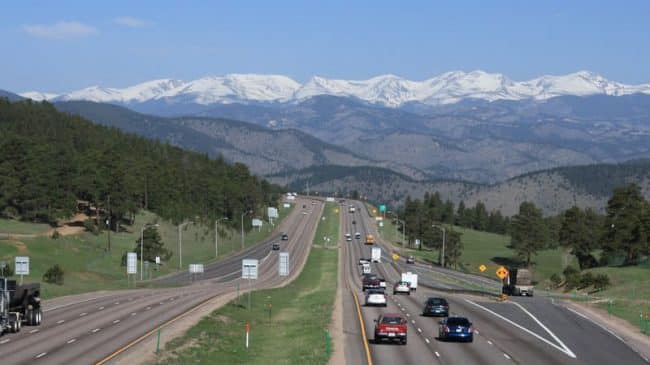Most roads in the United States are owned and managed directly by government, with funding for construction and maintenance derived primarily from taxes on gas. For many decades, this system worked well enough, despite widespread problems with congestion and road quality. Recently, however, rising maintenance costs and falling fuel tax receipts have begun to call into question the sustainability of this model.
At their current levels, gas taxes will not provide the revenue needed to maintain America’s roads satisfactorily, let alone to rejuvenate and extend the network where necessary. Yet, direct political management hinders the development of new revenue streams, leads to operational inefficiencies and hampers innovation. Put simply, the organizations that built the U.S. highway networks are no longer suited to running them.
A better approach is urgently needed. Ideally, the organizations that manage roads should be able to finance road construction and maintenance through the sale of bonds, without requiring direct consent from higher political authorities. And they should be able to cover the costs of those bonds by charging for road use. More generally, they need to be capable, energetic, ingenious and ready to act. And for all those reasons, they need greater autonomy.
This paper argues that roads should be managed by independent enterprises, with a clear mission of providing service to customers. One way to achieve this, while maintaining overarching political control-and thereby prevent abuses of monopoly power-is to convert existing government operated road management organizations (such as the state Departments of Transportation) into regulated public utilities.
Within such a framework, a wide variety of ownership structures are possible, ranging from municipal- or state-ownership to mutual- and investor-ownership. Each structure has its own set of advantages and disadvantages, but all are superior to the existing system in one crucial respect: they clearly orient the road enterprise away from day-to-day politics and toward providing value to their users.
The regulated public utility model is already well-established in other important sectors in the U.S., including water, energy and telecommunications. Indeed, around 10% of wastewater utilities, 20% of water utilities, most pipelines, electric utilities, natural gas utilities, and virtually all telecom and cable utilities are investor-owned.
Internationally, the regulated public utility model is already operating successfully in transportation. The New Zealand Transport Agency, for example, has an independent board of directors who appoint the CEO, and works in accordance with a performance agreement negotiated with the New Zealand Ministry of Transport. Management is separated from governance, and service delivery is separated from policy. New Zealand’s approach has delivered large efficiency gains without compromising service levels.
Australia’s state road enterprises, meanwhile, demonstrate the benefits commercialization could bring to state Departments of Transportation in the U.S. By contrast with their American equivalents, Australian road enterprises-like New South Wales’s Roads and Traffic Authority or Victoria’s VicRoads-are innovative and highly business-like.
The United States should follow Australia and New Zealand’s lead, and transform its state Departments of Transportation (or the highways divisions thereof) into separate, publicly regulated, self-financing corporate entities. Full-cost accounting-as already performed by Arizona’s Department of Transportation-constitutes a necessary first step in this direction. In making the transition, policymakers should strive to impose regulation only where absolutely necessary, to minimize the anti-competitive effects of any such regulation, and to leave social objectives to the government, thereby freeing road enterprises to focus on economic ones. Accordingly, road enterprises should be permitted to pursue cost-effective contracting and public private-partnerships as they see fit.
The new road enterprises should also be given latitude to make greater use of user fees-as opposed to general revenue-for funding their activities. Such charges are not just more efficient and equitable than traditional funding sources; if properly designed and implemented, they are also better suited to reducing congestion through effective pricing. Vehicle-miles-traveled charges, weight-distance charges and electronic tolling are all options that road enterprises should be free to pursue.
There is no single formula for success. Road enterprises will learn by doing, and by trialing alternate strategies. The U.S. has 50 separate laboratories of democracy in which road enterprises and state authorities can experiment to find out what works and what doesn’t. There will be successes and failures along the way: successes will be replicated; failures will be eradicated. It is only by establishing a learning process like this that innovative progress in surface transportation can be made.
